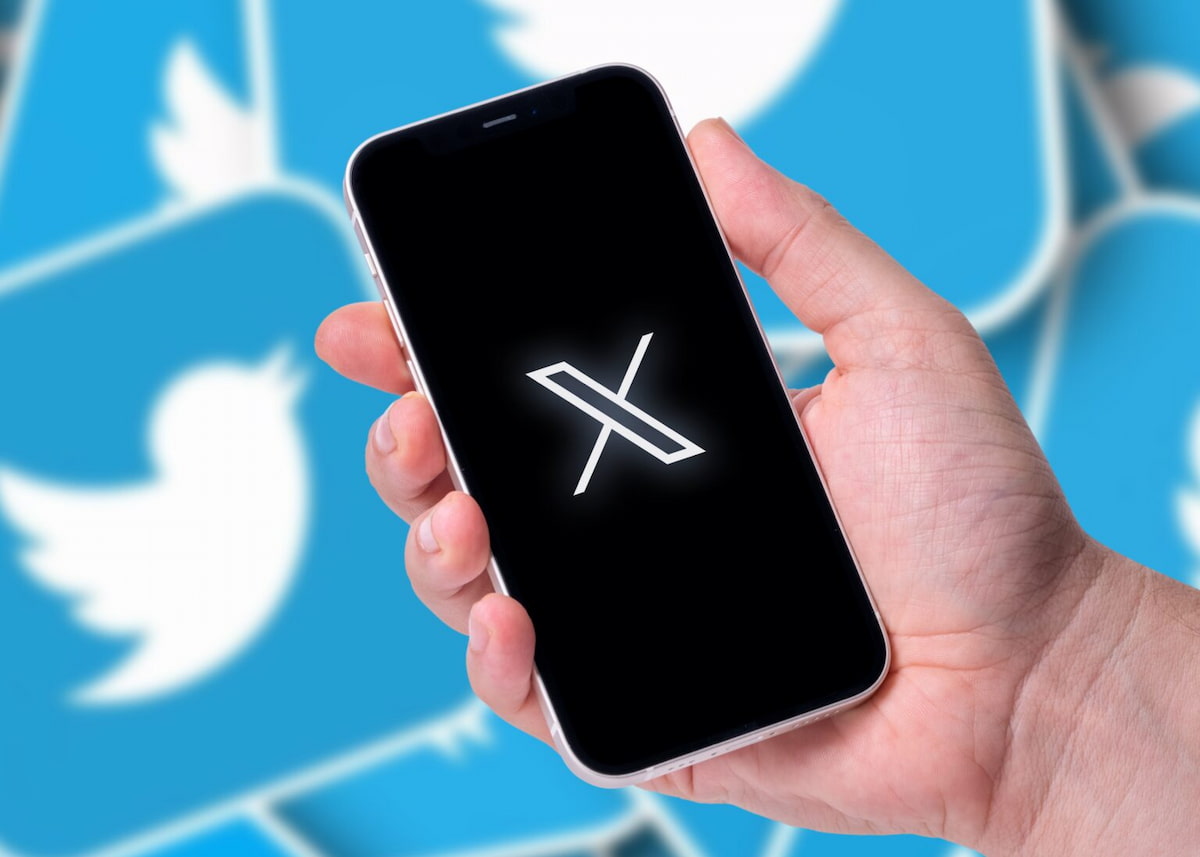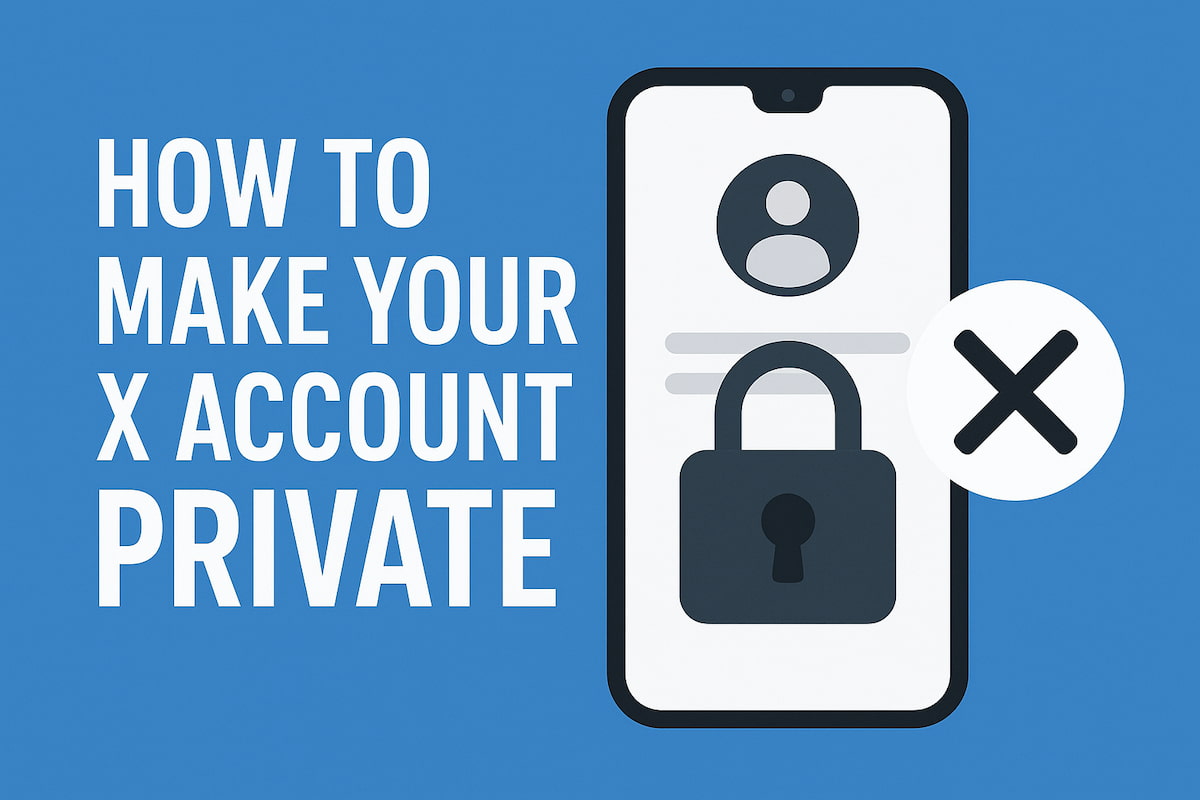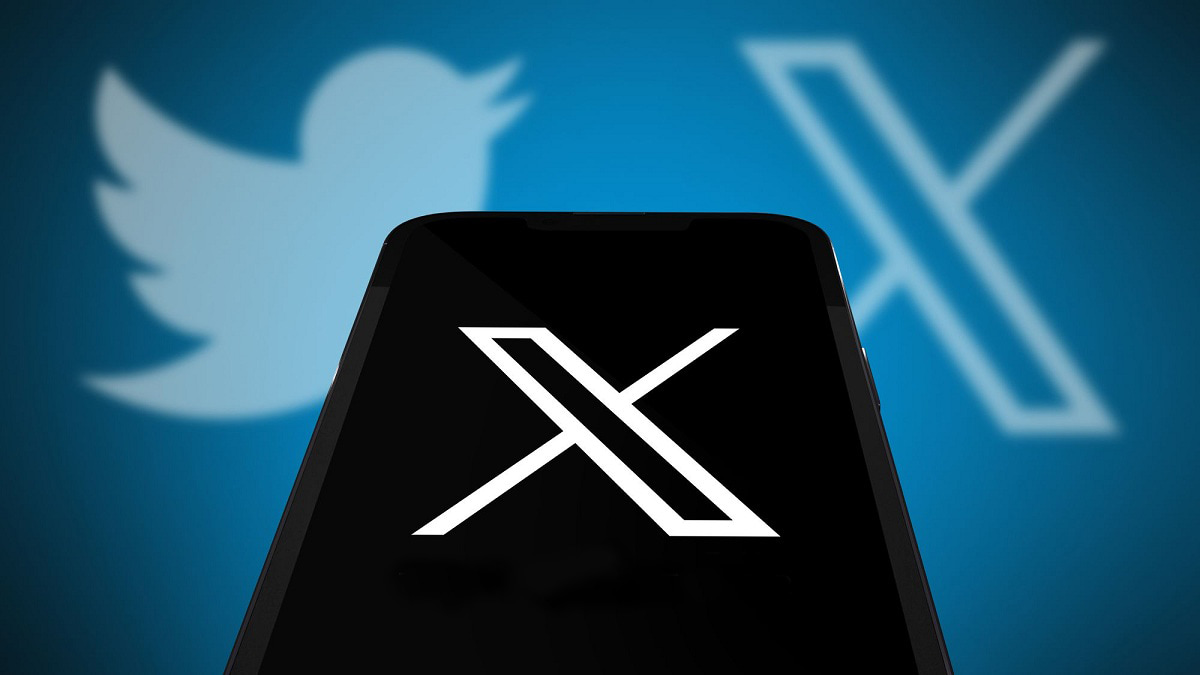So what’s really happening with your Twitter followers? People come and go, but there’s something important lost behind the numbers. Who are these people who decide to follow you? And more importantly, why did they hit that “Follow” button? If you’re not tracking this dynamic, you’re basically flying blind.
Sure, you can be happy with each new follower, but if you’re aiming for real growth (not just higher numbers in your profile), you need to get into the details. There are specialized tools for that – follower trackers. Today, we’ll show you how to use these tools to monitor changes and build a strategy that truly works.
Why Track Your X / Twitter Followers?
Twitter (now X) has 415 million users. Each one is ready to follow interesting accounts if they can grab their attention. Everyone is trying to get as many followers as possible.
If you think only the number of followers matters, you’re seriously underestimating the power of data. Understanding who your followers are and how they behave is the first step to turning Twitter from a simple stream of memes and links into a wonderful tool for promotion.
Who Are These People?
If you have a business, a personal brand, or you’re just growing your account, knowing who’s reading your tweets isn’t just about curiosity. These aren’t random avatars with names. They’re real people with specific interests. What’s their age, where do they live, what are they into? This info lets you speak their language and create content that really resonates.
What Do They Like?
Figuring out which tweets hit home means understanding what gets your audience excited. Why does one tweet blow up while another barely gets any likes from old friends and your mom? If you see that a certain format or topic gets your followers engaged, double down on that.
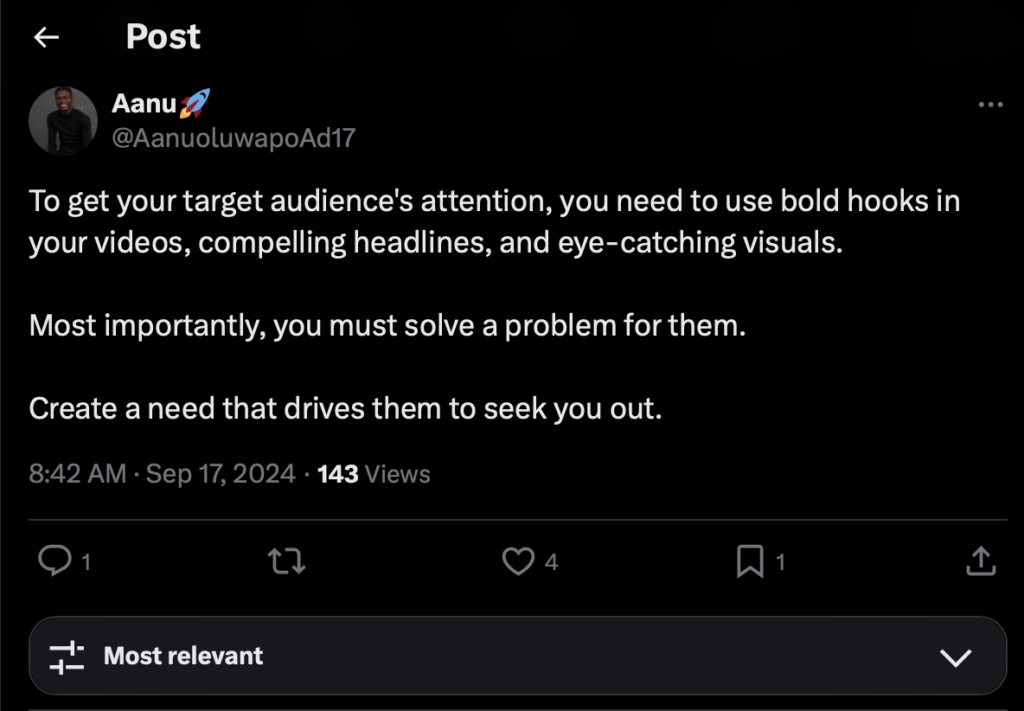
What’s Next?
If your growth has plateaued or, worse, you’re losing followers, it’s time to think. Stop posting “just to see what happens.” Start analyzing your followers, and you’ll get the key to your audience, cliché as that may sound. This will help you improve your content, decide how often to post, and figure out how to engage with your followers.
If you notice people enjoy it when you’re cracking jokes, that’s your style. If they respond better to deep, expert content, then that’s your cue for future posts.
So, if you’ve been celebrating each new follower, it’s time to level up and figure out how to use this information for growth on X.
What Key Metrics You Need to Track on Twitter
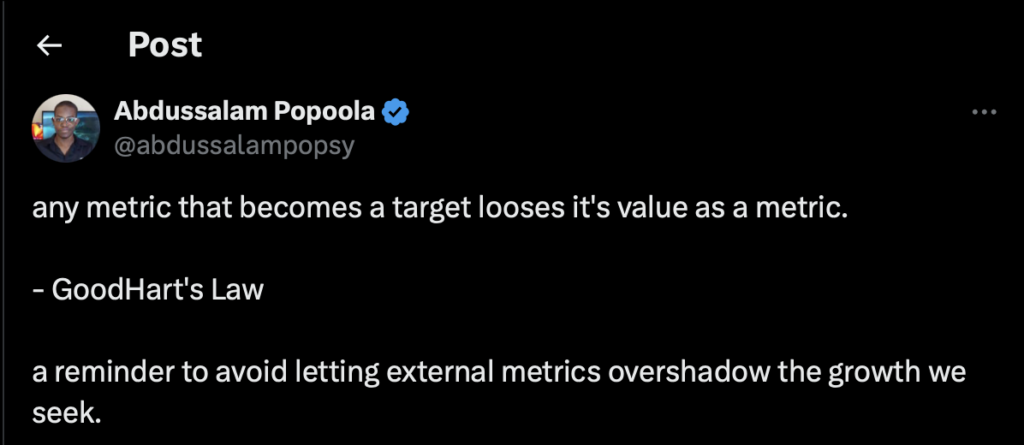
So, when you check your Twitter (or X, if you’re into that), what’s the first thing you look at? The follower count? Sure, but that’s not enough to get the full picture of what’s happening with your account. To figure out what’s working and what’s not, you need to keep an eye on several metrics. Which ones?
Follower Growth Rate
First up, watch how your follower count changes. How many new followers are you getting each day, week, or month?
If there’s no change for a week, it might be time to shake things up with your content or strategy. If you see a sudden jump, check out what triggered it: maybe it was a specific tweet or an interaction with another user?
Engagement Metrics
But just growing numbers isn’t everything. Likes, retweets, and replies are real signs of life on your account.
Engagement shows if your followers are active or just hanging around. What kind of content gets them excited? Are they sharing your posts or just scrolling past? If you’re getting lots of likes but few retweets or comments, your tweet might be amusing but not engaging enough to be shared.
Demographics
Who are these people following you? If you’re running a business or building a personal brand, knowing the age, location, and interests of your followers is super important. It’s at least half the battle.
This info helps you tailor your content more effectively. Students and entrepreneurs need different approaches, right? And if most of your followers are in a different time zone, you might want to adjust your posting times to catch them when they’re active.
Inactive Followers
These “ghosts” are followers who don’t engage with your content at all. Inactive followers drag down your overall engagement. Time to figure out what to do with them (either clean up your account or try to re-engage them).
Dead accounts are hard to revive. They’re usually just abandoned. So, trying to reach them is as pointless as knocking on a door in an empty house.
Manual vs. Automated Tracking
So, you’ve decided to keep an eye on your followers. You can go two ways: stick with the old-school manual method or trust automation. What’s better for your account?
Manual Tracking: For Those Who Love Control
For smaller accounts, you can use a good old spreadsheet and Twitter Analytics. Yes, it might sound like something only a person who keeps passwords on sticky notes would do, but it can make sense sometimes.
For example, if you’ve got just a few hundred followers, you can manually track their activity: who’s unfollowed, who’s new, how they interact with your posts. Sure, it’s not as fast as automation, but you get a big plus—full understanding of your audience.
Automation: When You’ve Got 10,000 Followers
Now, imagine you have thousands of followers instead of just a few hundred. That’s when spreadsheets turn into your personal nightmare. Trying to manage that amount manually will just drown you in numbers.
At this point, it’s time to switch to automated tools. They gather statistics and analyze data for you. You’ll get recommendations for audience segmentation and other pretty important insights.
Automation saves you from the drudgery and lets you focus on content rather than piles of reports. If you’ve got a large account, this is essential. Every shift in follower behavior can impact your strategy.
Drawbacks of Automation
But there’s a big problem: too much automation can make you lose touch with your audience.
Yes, automation speeds things up and simplifies tasks, but it can sometimes miss the personal touch. Twitter is all about communication, and if you let bots take over completely, you might lose what matters most.
So, as with everything, balance is key. Automation is great for handling routine tasks and large volumes, but for real engagement with your audience, we recommend keeping some “manual mode” in the mix.
Tools for Tracking Twitter Followers
Twitter isn’t just a hub for memes and hot takes, as many regular users would think. In fact, it’s a platform for solid social media strategies. But just checking follower counts won’t cut it. As you’ve probably already figured out, it’s important to know who’s following you, when they’re active, and what they’re into.
You need tools! Sure, X has some built-in features, but if you want more details, you’ll need to explore those who dig deeper.
Twitter Analytics
Let’s start with the basics. If you’re not using Twitter Analytics, you’re missing out. This built-in tool shows how your follower count, engagement, and reach are changing, and even which tweets are grabbing the most attention. You’ll need to get a Twitter Blue subscription to access all these features.
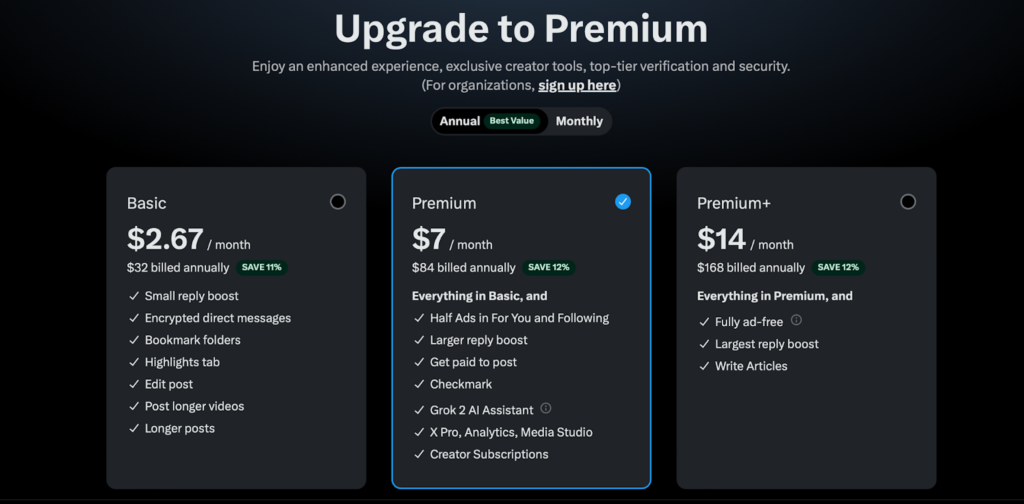
It’s decent for starters but has its limits. Twitter Analytics gives you a broad view but lacks the details. So, while it’s good for a starting point, you’ll want something more powerful eventually.
Followerwonk
Followerwonk is a step up. It shows where your followers are located, and when they’re most active online. Want to know the best time to post to get better visibility? Followerwonk’s got you covered.
Sure, there are general stats for optimal posting times, but how can you be sure those broad data points apply to your specific case?
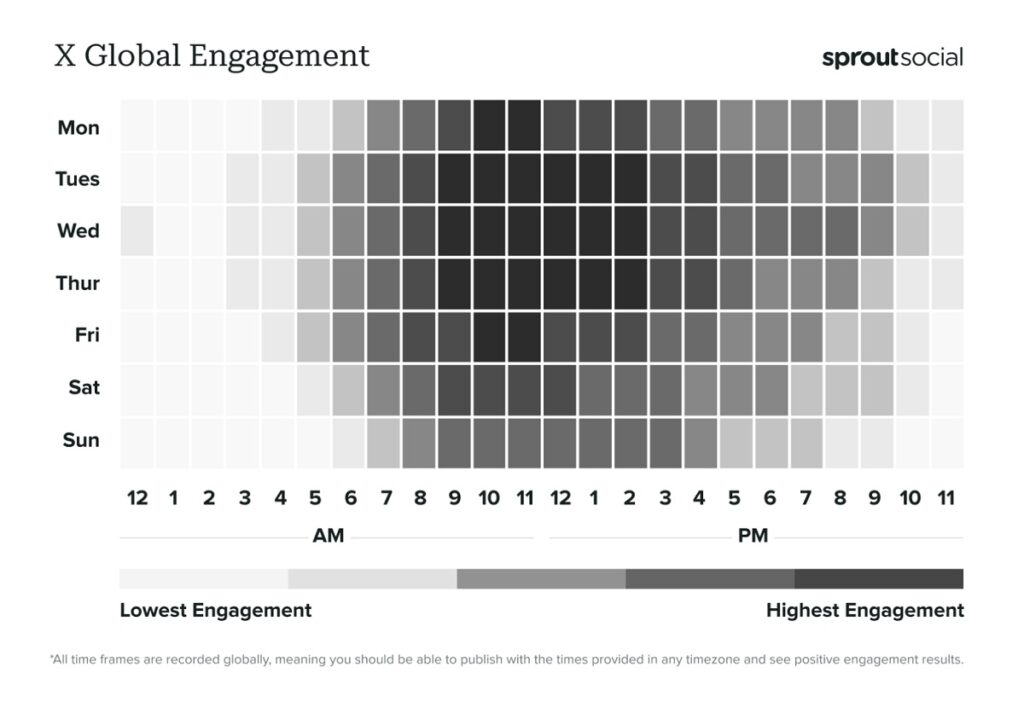
We’d recommend using a tool that analyzes your followers and gives more targeted insights.
Plus, Followerwonk is great for ad targeting.
HypeAuditor
Does it seem like a lot of people are following you, but no one’s liking or commenting? Maybe your follower count is packed with bots. HypeAuditor checks who’s real and who’s just padding your numbers.
Today, follower counts don’t mean much. You need to know who’s in your audience. Even a savvy user can spot a profile with tens of thousands of followers but only a few likes and comments.
It’s not about the numbers, it’s about the quality. HypeAuditor helps you figure that out.
Audiense
If you really want to understand your audience, Audiense is the tool for you. Sounds like a pun, but the app is really awesome. It segments your followers by demographics, interests, and behavior.
This means you can create more targeted content that works for each segment. Hooray, segmentation has come to Twitter (X)! For example, if you’re posting about tech, Audiense will show you who’s really interested. It’s a great way to find your style for different followers rather than hitting everyone with the same topic.
Circleboom
Over time, any social network collects a bunch of inactive and abandoned accounts. Circleboom is your cleanup crew. This tool helps you remove followers who haven’t been active on Twitter for a while or have turned into spammers.
Plus, you can tidy up your lists and better organize your content. So, your feed and stats will be free of clutter.
Paid or Free?
To pay or not to pay—that’s the question. Twitter Analytics provides basic info at a low cost with a premium subscription. So, if you’ve got a small account, it’s a great start.
But once you’re ready to dig deeper, be prepared for paid subscriptions to Followerwonk, Audiense, or Circleboom. Yes, these tools cost money, but you get access to a lot of well-structured data.
Overall, if quality followers matter more than just the number, consider using at least one of these tools.
How to Use This Data to Grow Your Account
Alright, you’ve gathered tons of data on your followers. Now what? Just admiring charts isn’t exactly effective account management, right?
Optimizing Content
Let’s say now you know your audience doesn’t care for cat pics, but they love fresh memes about tech or discussions about the latest news. Time to adjust your content to fit those preferences.
Let’s take a look at Sephora’s account. One account, one audience, but the performance of their posts is so different.
Here’s a standard meme that didn’t get many retweets, comments, or much engagement.
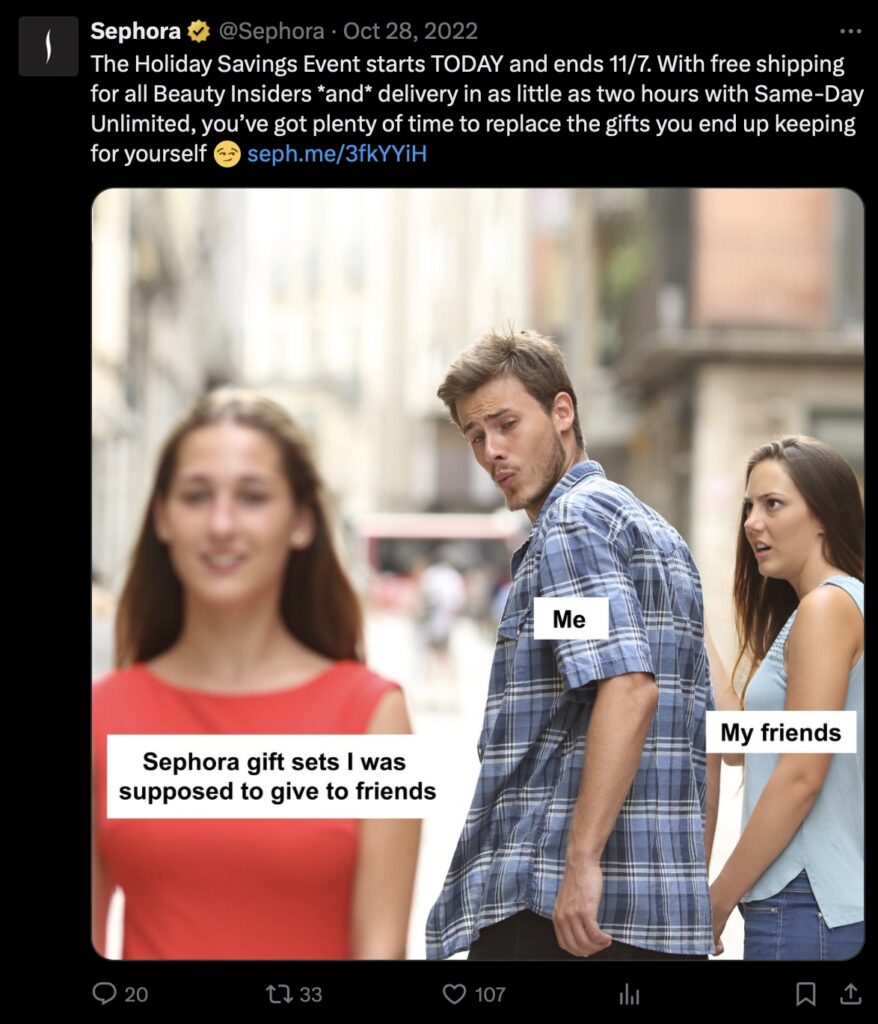
Now, here’s a post about a new product launch, and it’s showing way better numbers.
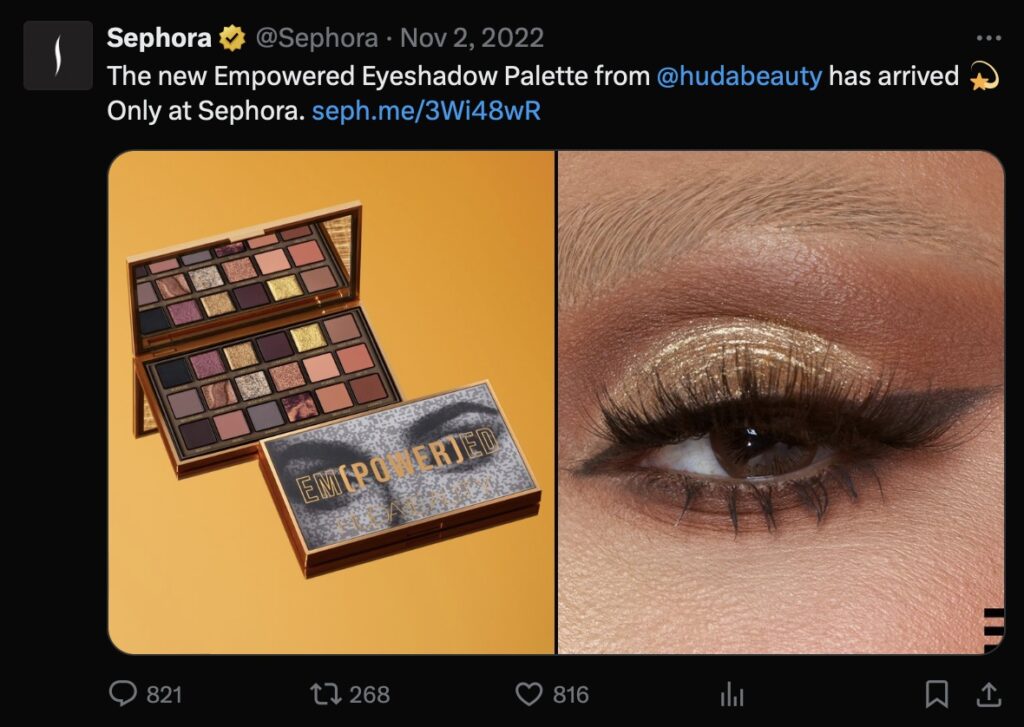
If you notice certain topics get more engagement, focus on those.
Your goal is to become the account your followers want to read. And it’s not just guessing, you’re working with actual stats: what gets the most likes, what sparks responses, and which tweets get retweeted. Your content should feel tailored, like it’s custom-made for your audience.
Engagement Strategies
Now that you know who your active followers are, interact with them. Like their replies, answer questions, retweet their stuff. Basically, build a relationship. As we said before, and we’ll keep saying it: Twitter is about conversation.
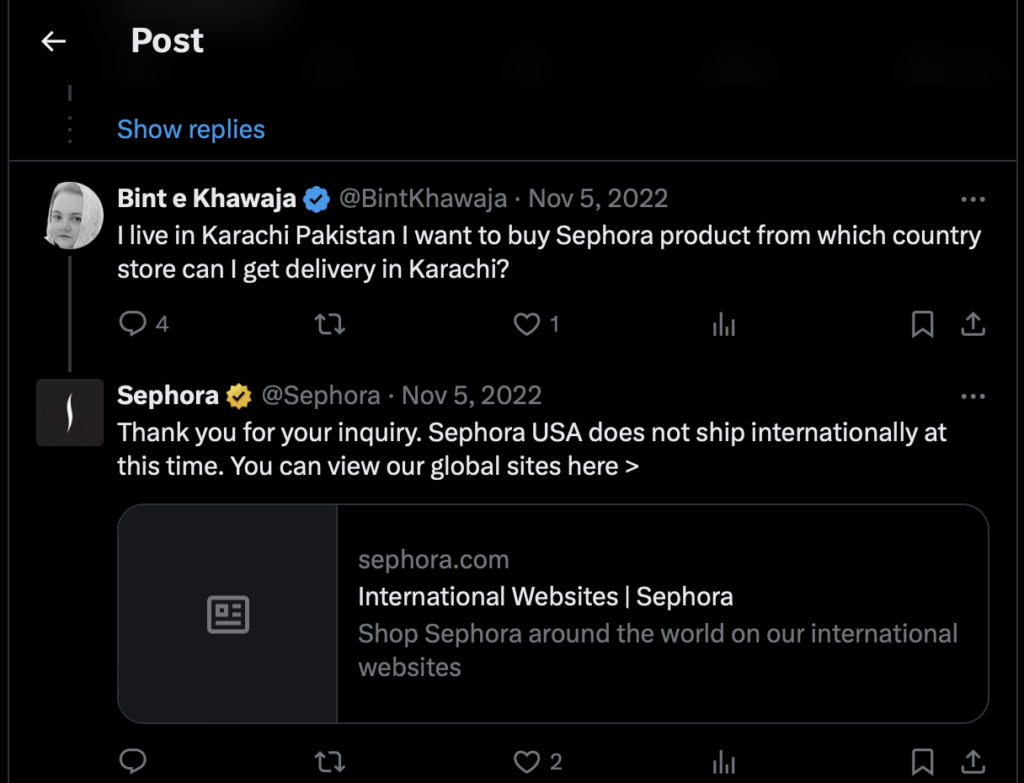
Plus, you can start following key users in your niche. Engaging with them can bring fresh content for discussions. But the best thing is that their audience might notice you.
Optimal Posting Time
You already know when your audience wakes up and when they’re glued to X the longest. Posting at peak times = better chances your tweet gets noticed, liked, and spread.
It’s not just what you post but when. People used to guess, “Morning or evening?”, but now you’ve got the real data.
Cleaning Up Followers
Not all followers are equally valuable. If your list has a bunch of inactive accounts or bots, it’s time to clean house. They distort your stats and make it harder to understand if your content is truly hitting the mark. Ditch the dead weight, and keep only those who really follow your tweets.
The cleaner your audience, the more accurate your analytics, and the higher your engagement rate.
Avoiding Mistakes
So, while we’ve been giving you tips on “how to do it right,” we’ve also touched on “what not to do.” Let’s see what mistakes you should steer clear of.
Obsessing Over Numbers
Sure, the temptation to chase numbers is real. But the truth is, having a lot of followers isn’t everything. It doesn’t really matter how many followers you have, but it does matter how they engage with your content.
If your followers aren’t liking, retweeting, or commenting, then whether you have 10,000 or 100,000 followers, it’s just a number on the screen. Remember: it’s better to have 500 people actively reading your tweets than 5,000 who don’t care.
Buying Followers
If you’ve ever thought about buying followers, let’s stop right there. It’s a bad idea. Like, really bad. Sure, it might seem like a big jump in followers would give your account some credibility.
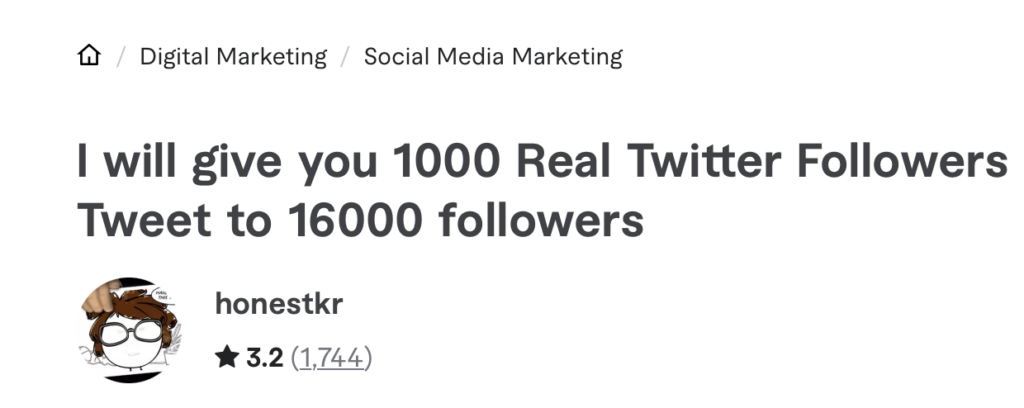
Managing Expectations – Quality Over Speed
Yeah, it can feel like things are moving too slowly at times, and you might want to speed up the process. But real account growth takes time.
What matters most is focusing on what actually counts: quality content, engaged followers, and authentic communication with your audience.
Don’t chase instant results. The best things take time, and that’s definitely the case with Twitter.
So, to avoid the most common mistakes, don’t get hung up on numbers, don’t try to game the system with bought followers, and don’t expect overnight success. It’s better to move slowly but surely toward your goal.
Conclusion
So, here’s what we’ve come to: Twitter isn’t just a platform for random thoughts and retweeting memes. In this social network, it’s important to not only post, but also understand who’s following you, how they’re behaving, and what they’re genuinely interested in. There are plenty of ways to track metrics: the manual approach or dozens of automation tools.
Here’s what we’d like you to remember: numbers aren’t everything. Millions of followers mean nothing if they aren’t engaged. So, focus on not just gathering followers but creating something that truly hooks them. And yeah, no bots are going to help you here. You need real engagement and quality content.
If you know your audience, you’re already on the right track!

